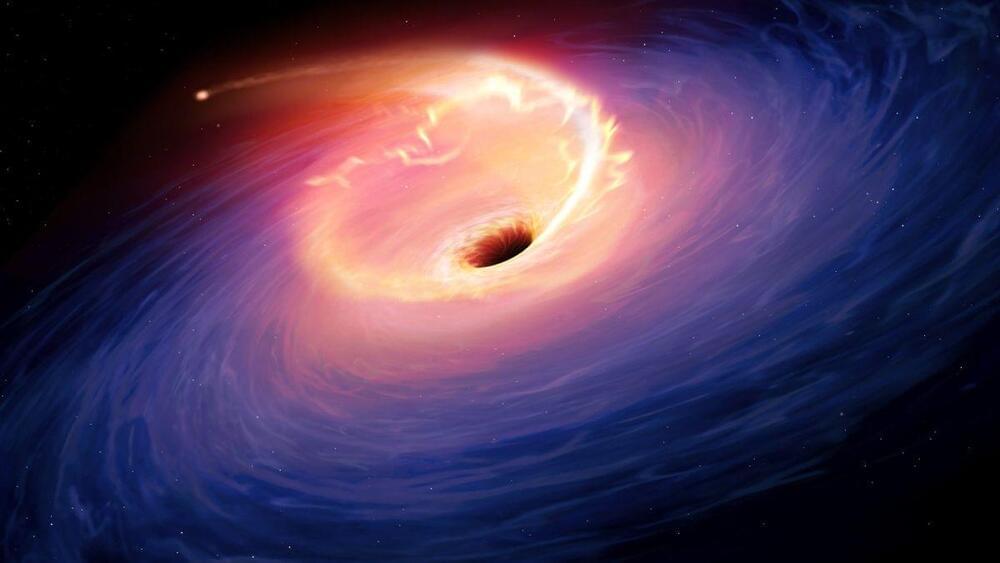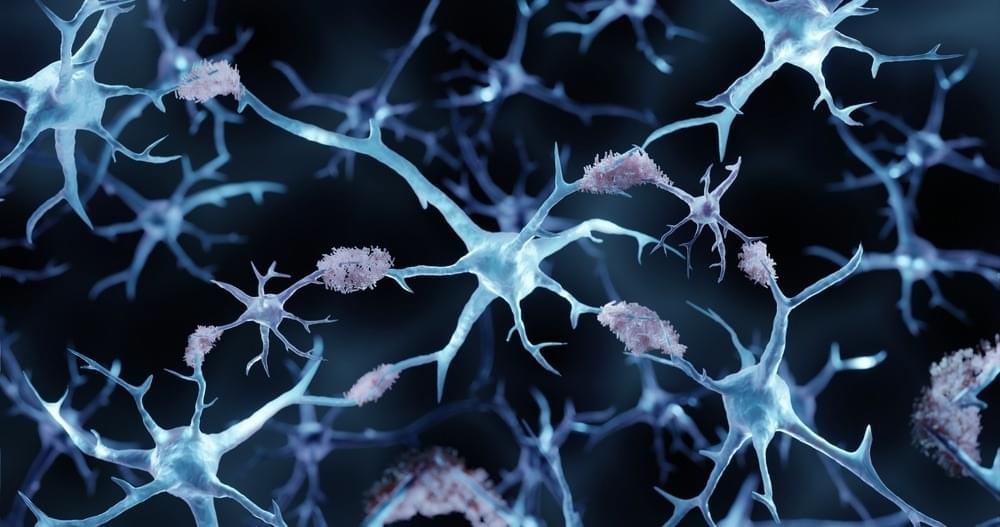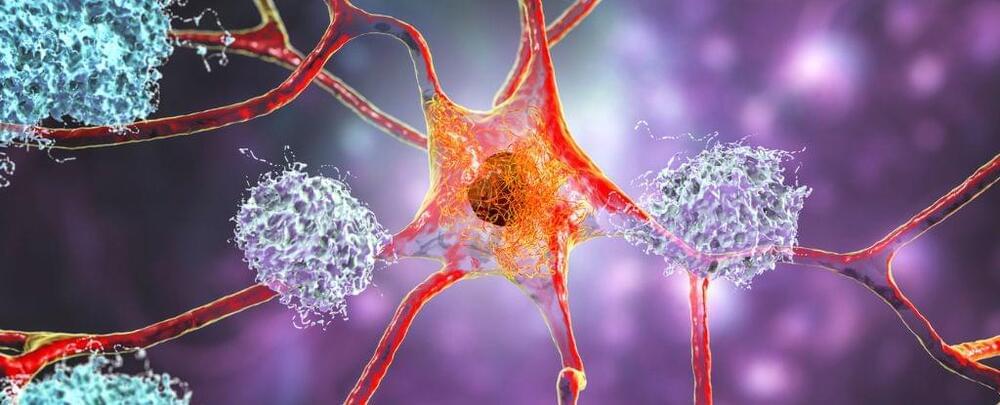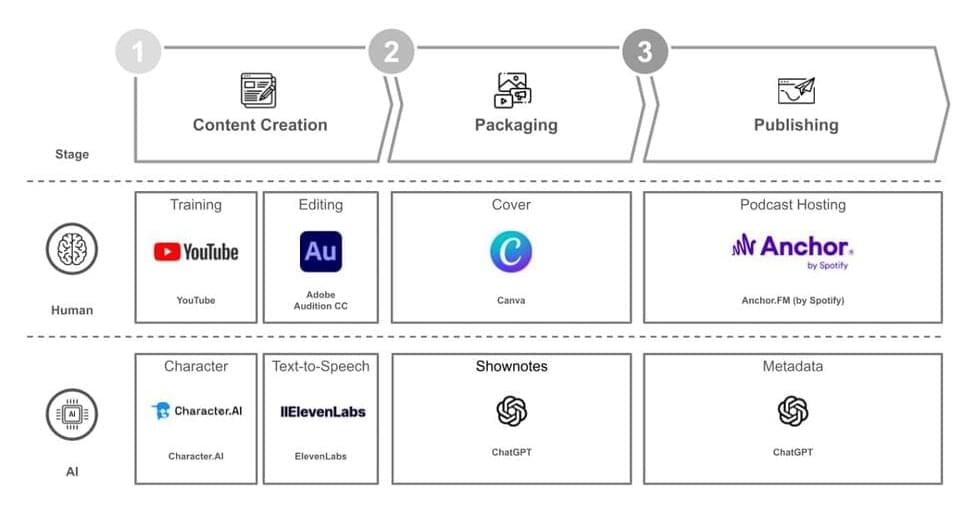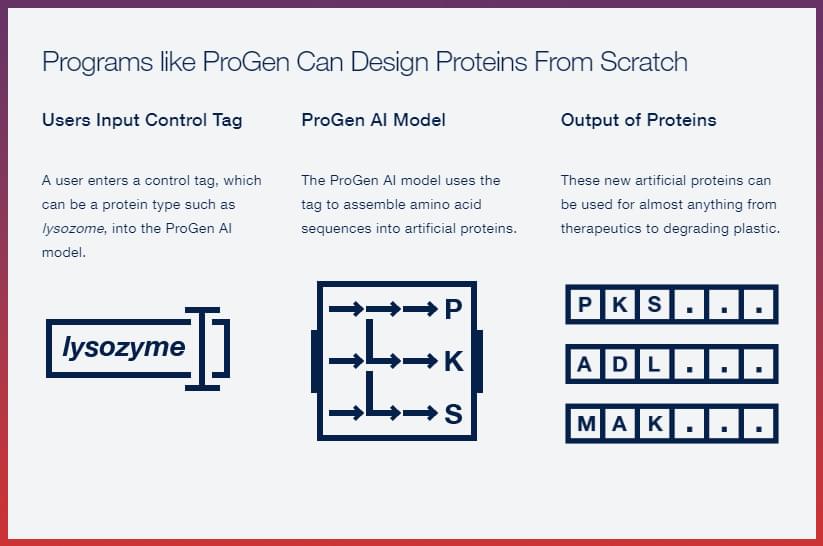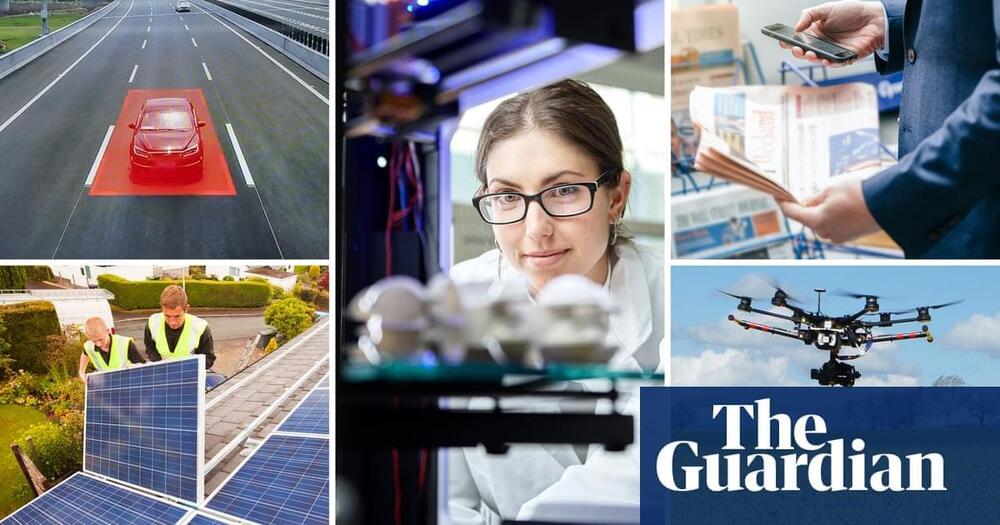A supermassive black hole at the centre of a galaxy some 8.5 billion years way has ripped apart a nearby star, producing some of the most luminous jets ever seen.
When stars and other objects stray too close to a supermassive black hole they are destroyed by the black hole’s immense gravity.
These occurrences, known as tidal-disruption events (TDEs), result in a circling disk of material that is slowly pulled into the black hole and very occasionally, as in the case of supermassive black hole AT2022cmc, ejecting bright beams of material travelling close to the speed of light.
